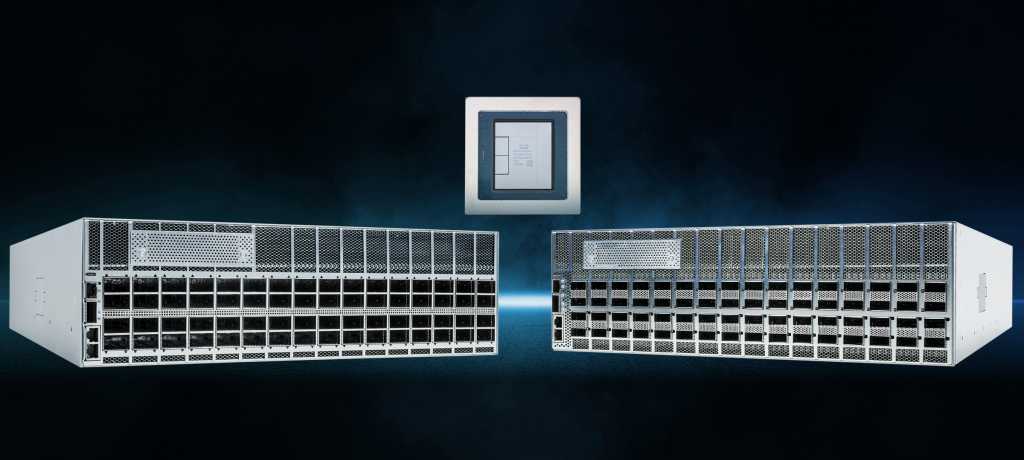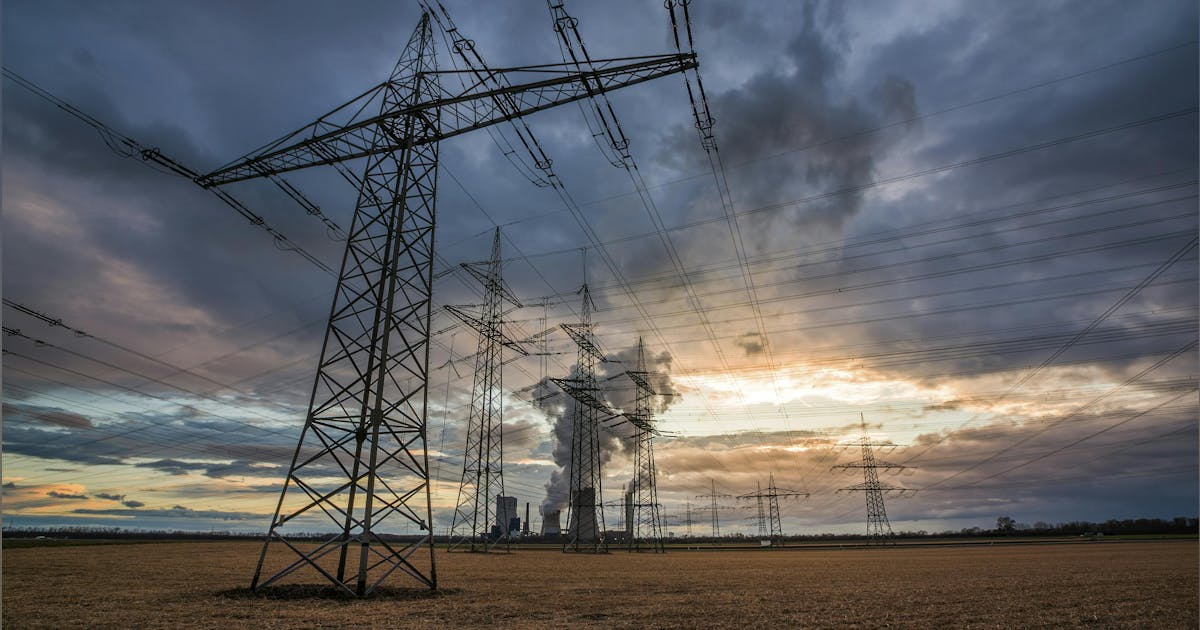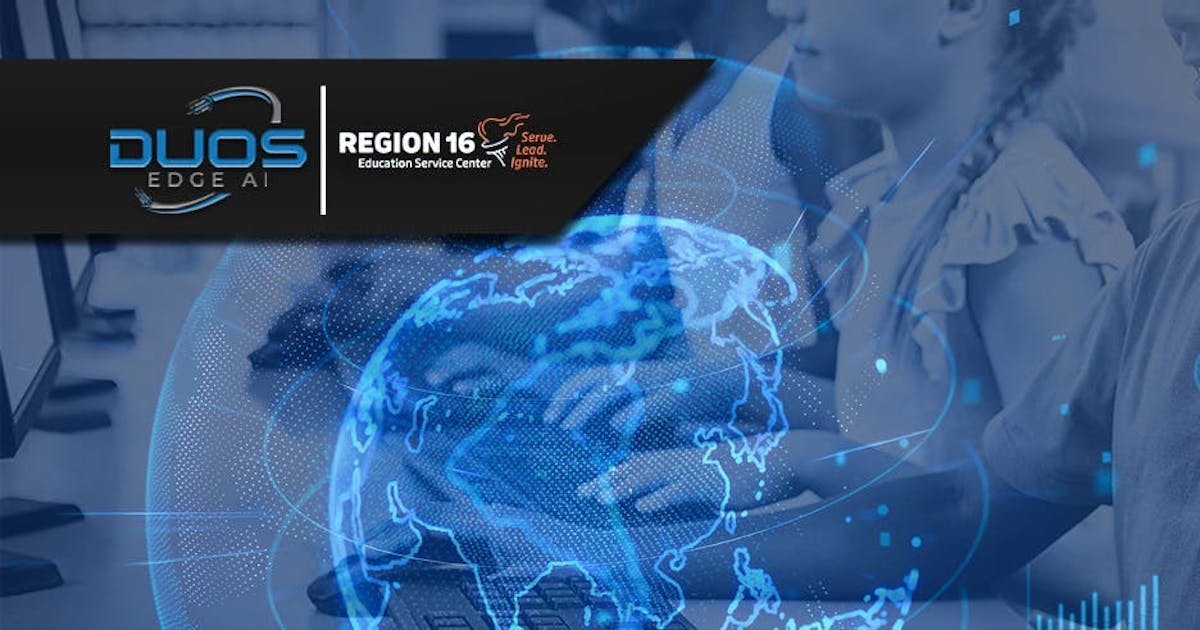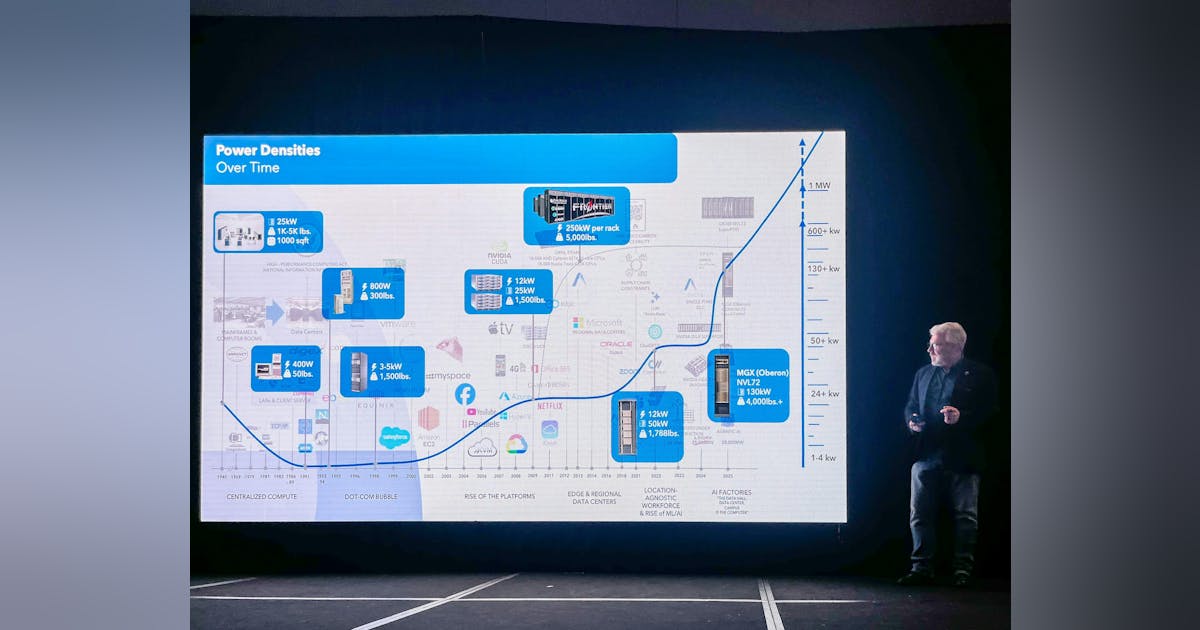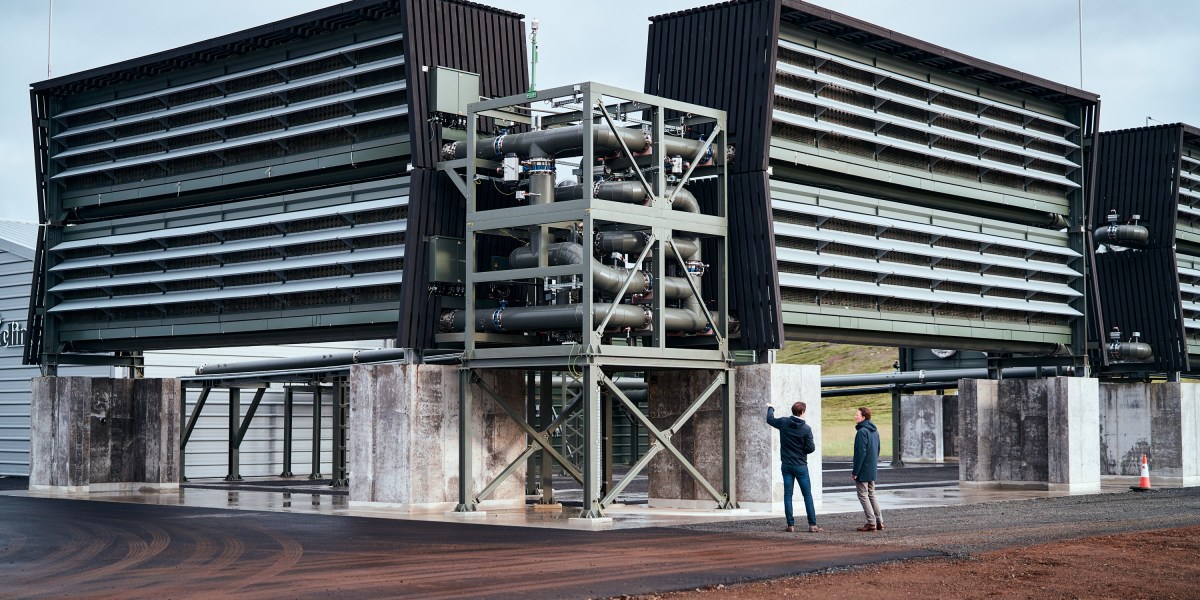
Kids have always played with and talked to stuffed animals. But now their toys can talk back, thanks to a wave of companies that are fitting children’s playthings with chatbots and voice assistants.
It’s a trend that has particularly taken off in China: A recent report by the Shenzhen Toy Industry Association and JD.com predicts that the sector will surpass ¥100 billion ($14 billion) by 2030, growing faster than almost any other branch of consumer AI. According to the Chinese corporation registration database Qichamao, there are over 1,500 AI toy companies operating in China as of October 2025.
One of the latest entrants to the market is a toy called BubblePal, a device the size of a Ping-Pong ball that clips onto a child’s favorite stuffed animal and makes it “talk.” The gadget comes with a smartphone app that lets parents switch between 39 characters, from Disney’s Elsa to the Chinese cartoon classic Nezha. It costs $149, and 200,000 units have been sold since it launched last summer. It’s made by the Chinese company Haivivi and runs on DeepSeek’s large language models.
Other companies are approaching the market differently. FoloToy, another Chinese startup, allows parents to customize a bear, bunny, or cactus toy by training it to speak with their own voice and speech pattern. FoloToy reported selling more than 20,000 of its AI-equipped plush toys in the first quarter of 2025, nearly equaling its total sales for 2024, and it projects sales of 300,000 units this year.
But Chinese AI toy companies have their sights set beyond the nation’s borders. BubblePal was launched in the US in December 2024 and is now also available in Canada and the UK. And FoloToy is now sold in more than 10 countries, including the US, UK, Canada, Brazil, Germany, and Thailand. Rui Ma, a China tech analyst at AlphaWatch.AI, says that AI devices for children make particular sense in China, where there is already a well-established market for kid-focused educational electronics—a market that does not exist to the same extent globally. FoloToy’s CEO, Kong Miaomiao, told the Chinese outlet Baijing Chuhai that outside China, his firm is still just “reaching early adopters who are curious about AI.”
China’s AI toy boom builds on decades of consumer electronics designed specifically for children. As early as the 1990s, companies such as BBK popularized devices like electronic dictionaries and “study machines,” marketed to parents as educational aids. These toy-electronics hybrids read aloud, tell interactive stories, and simulate the role of a playmate.
The competition is heating up, however—US companies have also started to develop and sell AI toys. The musician Grimes helped to create Grok, a plush toy that chats with kids and adapts to their personality. Toy giant Mattel is working with OpenAI to bring conversational AI to brands like Barbie and Hot Wheels, with the first products expected to be announced later this year.
However, reviews from parents who’ve bought AI toys in China are mixed. Although many appreciate the fact they are screen-free and come with strict parental controls, some parents say their AI capabilities can be glitchy, leading children to tire of them easily.
Penny Huang, based in Beijing, bought a BubblePal for her five-year-old daughter, who is cared for mostly by grandparents. Huang hoped that the toy could make her less lonely and reduce her constant requests to play with adults’ smartphones. But the novelty wore off quickly.
“The responses are too long and wordy. My daughter quickly loses patience,” says Huang, “It [the role-play] doesn’t feel immersive—just a voice that sometimes sounds out of place.”
Another parent who uses BubblePal, Hongyi Li, found the voice recognition lagging: “Children’s speech is fragmented and unclear. The toy frequently interrupts my kid or misunderstands what she says. It also still requires pressing a button to interact, which can be hard for toddlers.”
Huang recently listed her BubblePal for sale on Xianyu, a secondhand marketplace. “This is just like one of the many toys that my daughter plays for five minutes then gets tired of,” she says. “She wants to play with my phone more than anything else.”











